Second homes vote creates winners and losers
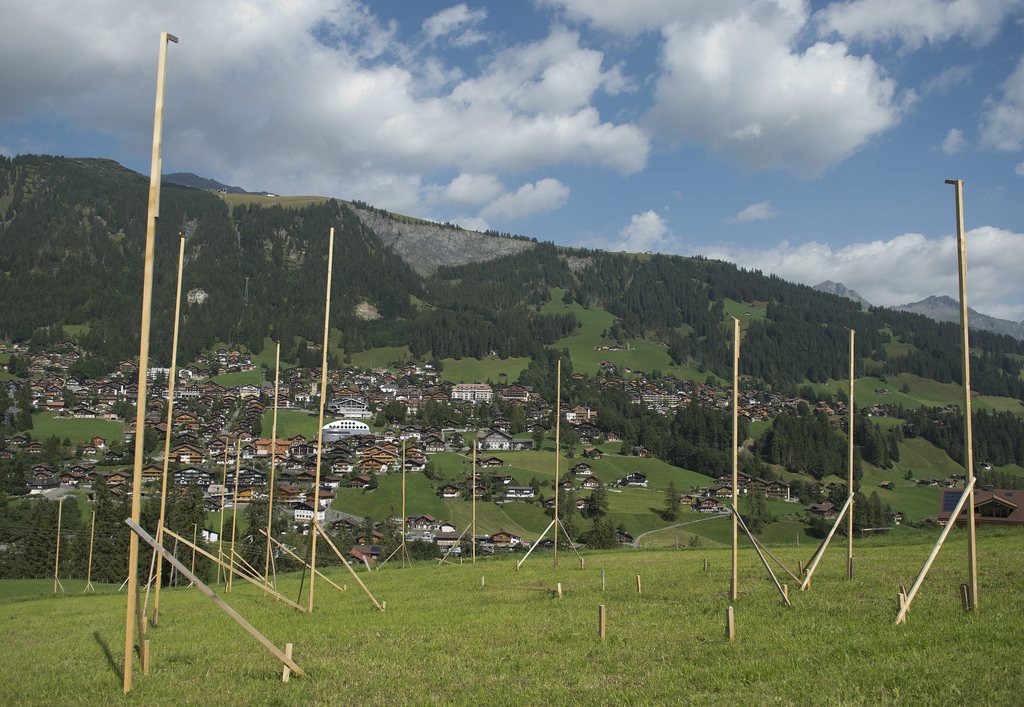
The decision by Swiss voters to limit the construction of second homes could cost thousands of jobs in the Alps over the next couple of years, although hoteliers and holiday home operators have reason to smile.
On March 11, 2012, 50.4 per cent of Swiss voters agreed that “in every commune where at least 20 per cent of homes are second homes, no more second homes may be built”.
This has affected some 500 communes, where around 2,500 second homes were built per year between 2000 and 2010, according to a study carried out for the government by the BAKBASEL research institute. This corresponds to annual investment worth CHF1.2 billion ($1.29 billion).
The study looked at the potential economic consequences of the second homes ban for the involved communities. In one scenario calculated by BAKBASEL, between 6,000 and 14,000 jobs would be lost by 2015, when a recovery would begin. But all models predicted at least 1,600 job losses by 2025.
The most likely scenario, according to the study, published on Thursday, would be the loss of 8,600 jobs by 2015, a drop of 0.8 per cent. Some of those jobs were expected to be replaced by 2025, leading to a net job loss of 4,800 in 2025.
Tax losses were estimated to be CHF92 million by 2015 and CHF73 million by 2025.
Worst affected would be the construction and property sector, but because many workers have seasonal jobs and are foreigners, the loss would not be reflected fully in the unemployment figures.
Winners, on the other hand, would be hotels and providers of holiday homes. Demand here will rise, along with employment, according to BAKBASEL.
“Tourism-friendly implementation”
The effect of the loss of this construction activity on tourism and the local economy was the subject of two reports by the Swiss State Secretariat for Economic Affairs (SECO).
SECO estimated that by 2016, up to CHF200 million less will be invested in constructing and refurbishing hotels than if the initiative had been rejected. Thereafter, investment will start to increase.
Most affected will be hotels with more than three stars, since these are often cross-financed through the construction and sale of second homes.
SECO called for “tourism-friendly implementation legislation” and said it would also look into whether supporting measures would make sense for the tourism industry.
The government has previously warned it will not be easy to implement a 20 per cent limit for holiday homes.
The initiative “to end the invasive construction of secondary residences”, launched by the group Helvetia Nostra, proposed that the constitution be modified to ensure that secondary residences do not account for more than 20% of residential areas or of the total surface area of each commune.
There are approximately 500,000 second homes in Switzerland. Canton Valais has the most with 62,000 occasionally occupied properties, followed by Graubünden (48,000), Bern (45,000) and Vaud (43,000).
The cantons with the highest proportion of holiday homes are Graubünden (37%), Valais (36%), Ticino (24%) and Obwalden (22%).
Most second homes in tourist regions are not commercially operated and are occupied on average 30 to 40 days per year.
(Source: Federal Office for Spatial Development)

In compliance with the JTI standards
More: SWI swissinfo.ch certified by the Journalism Trust Initiative
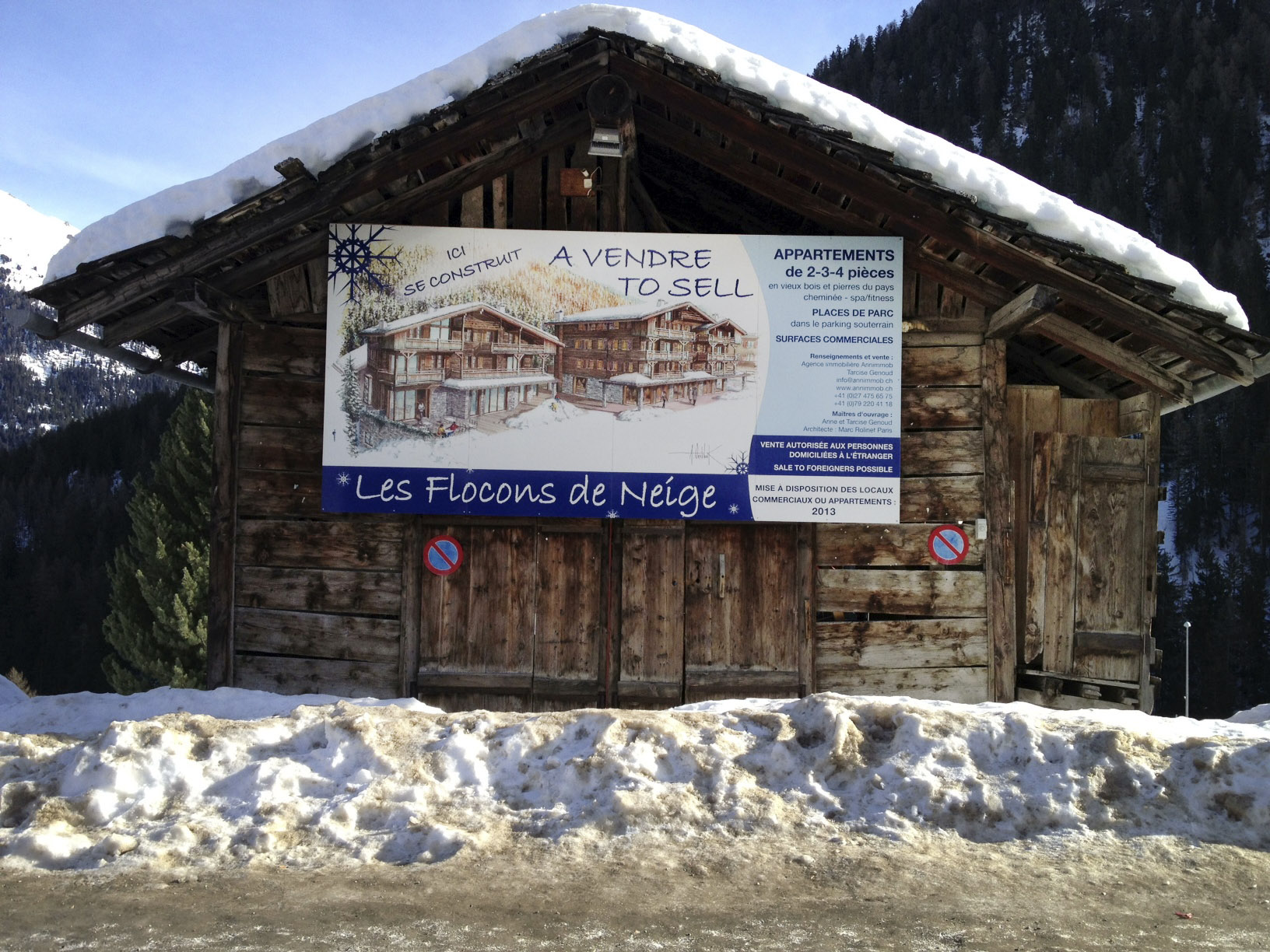
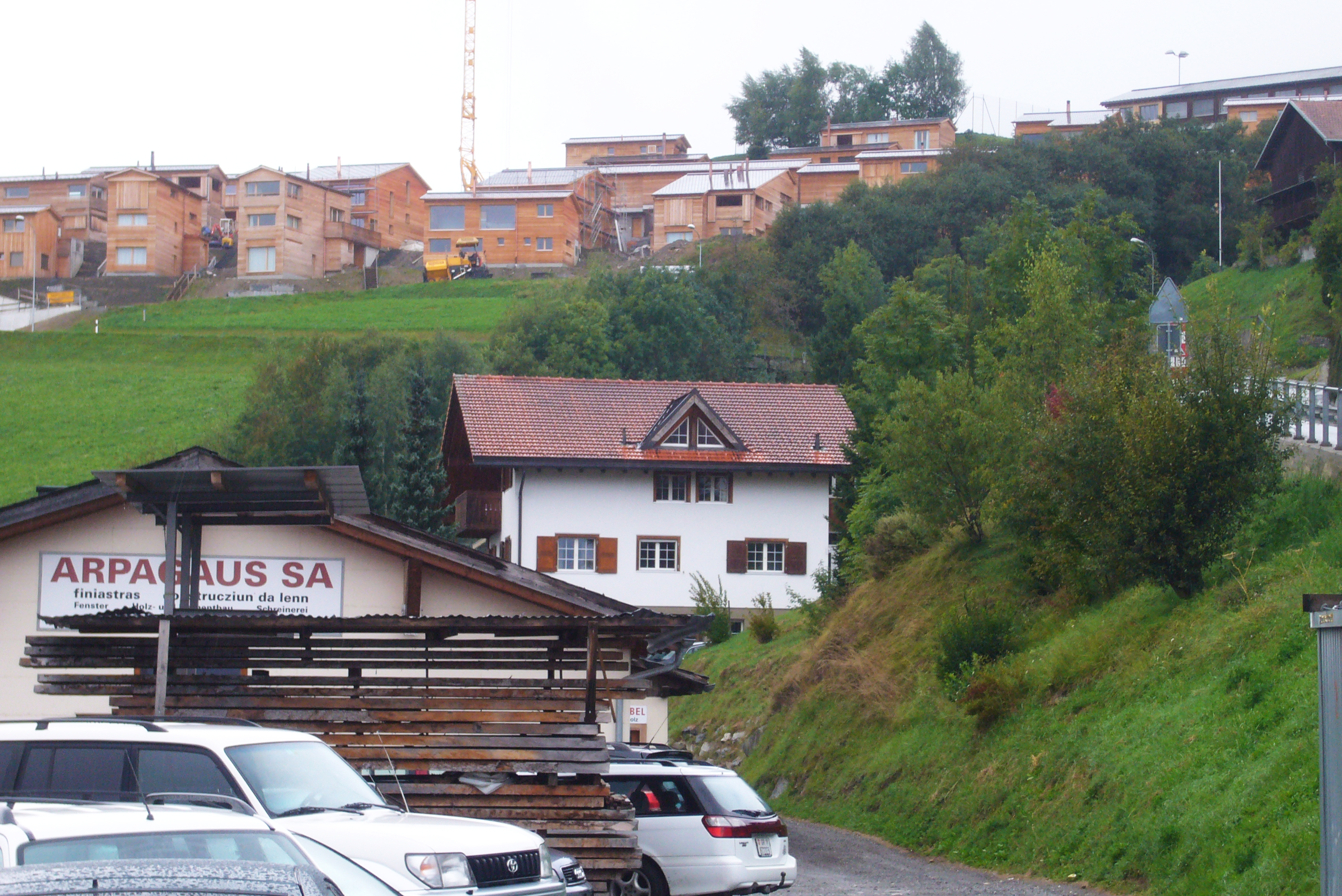
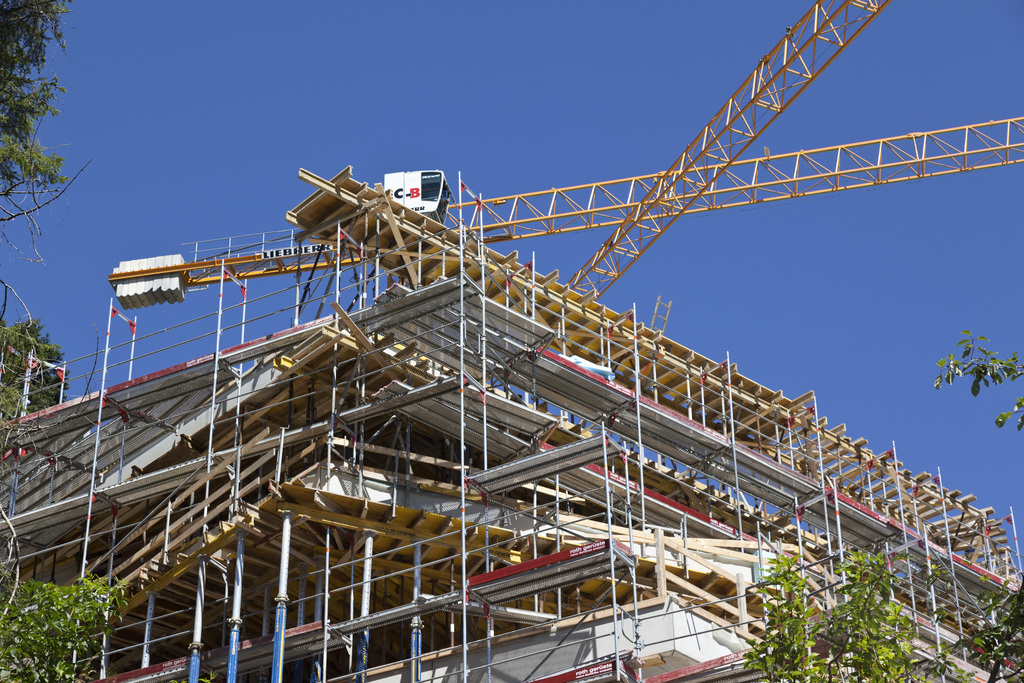
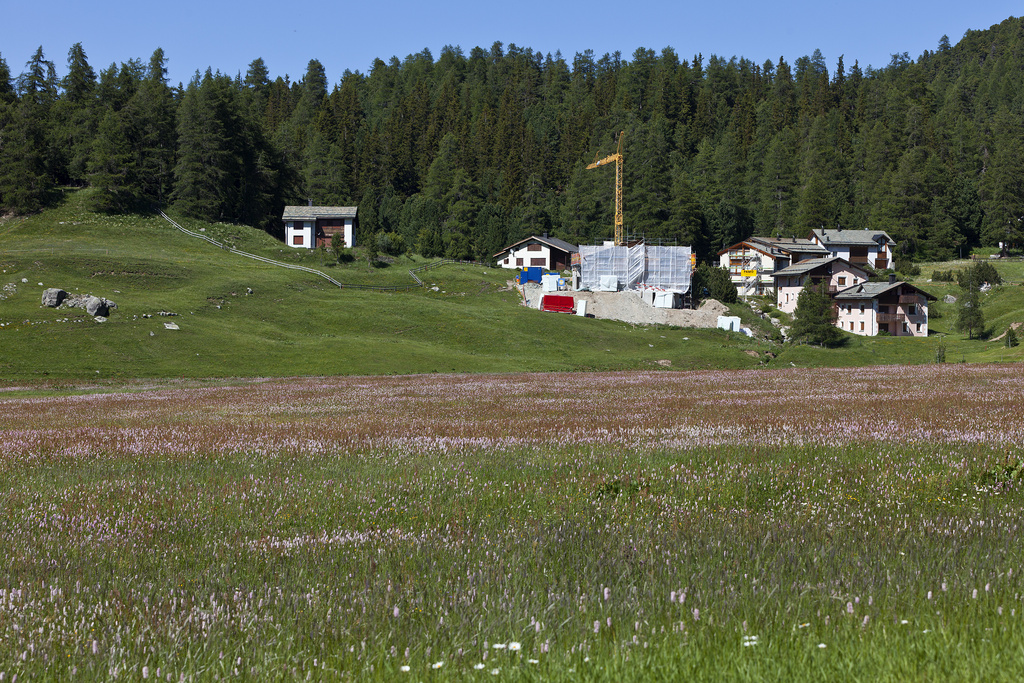
You can find an overview of ongoing debates with our journalists here. Please join us!
If you want to start a conversation about a topic raised in this article or want to report factual errors, email us at english@swissinfo.ch.